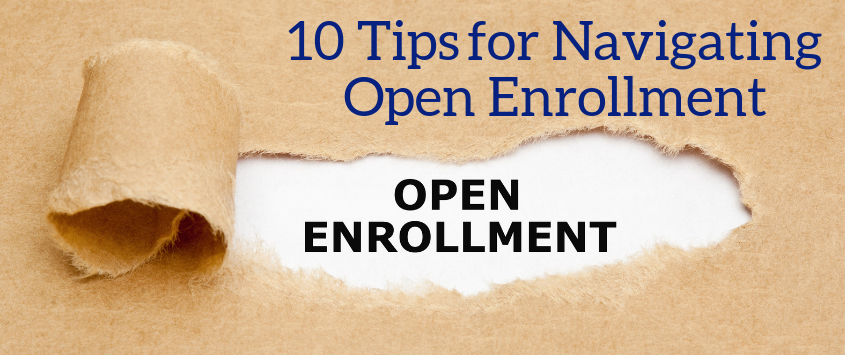5 Best Employee Holiday Gifts 2019
Your employees work hard all year long to help you grow your business, and the holidays are a great time to show your appreciation. While you can never go wrong with a cash bonus, giving them a great gift with a personalized card can go a long way. Here are a few ideas for great gifts that will help them feel appreciated, and further their loyalty to your company.
USB Coffee Cup Warmer
Coffee. It’s the lifeblood of any office. But trips to the kitchen to dump out cold coffee and replace it with hot cause missed opportunities for productivity. For the coffee lovers in your office, order a Mr. Coffee Mug Warmer from Amazon. For just $9.99, this warmer will keep their coffee hot all day and plugs into their computer via a USB port.
Frames
Most employees have a family photo at their desk, so frames make for great employee gifts. Whether you go with a standard 5×7 in black, gold or silver, or high-tech with this $21.99 digital frame from Target, giving a frame is a simple way to show you value your employees’ personal life.
Business Card Holder
You’ve spent a lot on your business cards, so give your employees a gift they’ll love, and that will help keep those cards in great shape with a personalized card holder. This polished chrome card case from Executive Gift Shoppee comes engraved with their name ($25) and ships in one business day.
Gourmet Chocolate
Gone are the days of giving Honey Baked Hams or Omaha Steaks to everyone in your office. With the popularity of vegetarianism, the safer route today is chocolate. Even for those who try to eat healthy, an indulgence of fine chocolates for the holidays is a welcome treat. This Harry & David Chest of Chocolates features a chocolate decadence cake, signature chocolate truffles and more delicious chocolate goodies and arrives in a beautiful leather-like chest ($59.99).
Gift of Lunch
If your employees eat lunch while they work, give them a gift they will love – a gift card for lunch delivery. Available at Amazon.com, pick up a gift card for Door Dash, Grub Hub or Uber Eats, where your employees can choose from hundreds of restaurants that will deliver what they want, where they want.
Your employees are key to your business’s success, and so is quality accounting and tax support. The professionals at Donohoo Accounting Services have been helping small businesses like yours for more than 20 years. For a free consultation, call Donohoo Accounting today at 513-528-3982. Check us out on Facebook, Twitter or LinkedIn for our latest updates and tips!









